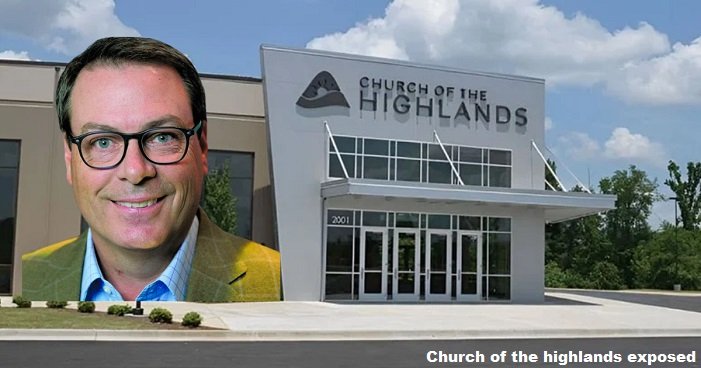The Truth Behind Church of the Highlands: An Insider’s Revelation

As someone who has spent significant time within the walls of the Church of the Highlands, I feel it’s imperative to shed light on some of the lesser-known aspects of this prominent institution.
This post isn’t about bashing or slandering, but rather providing a balanced perspective based on personal experience and observations. Here’s a deep dive into what you might not know about the Church of the Highlands.
The Allure of Church of the Highlands
Church of the Highlands, based in Alabama, has garnered a massive following with its contemporary worship style, dynamic leadership, and numerous community initiatives.
From the outside, it appears as the epitome of modern Christianity—a place where faith meets community, and where believers can grow spiritually in a welcoming environment.
The Charismatic Leadership
Senior Pastor Chris Hodges is often seen as the driving force behind the church’s success. His charismatic sermons and leadership style have played a pivotal role in the church’s growth. However, it’s important to understand the dynamics that operate behind the scenes.
Behind the Scenes: Leadership and Control
While the church presents an image of openness and community, there have been instances where the leadership style has been questioned.
Some former members and insiders have pointed out the high degree of control exercised by the church’s leadership. Decisions are often made by a small group of senior leaders, with little to no input from the general congregation.
Financial Transparency Concerns
One of the most critical issues that have been raised is the lack of financial transparency. Despite the church’s significant income from donations and tithes, detailed financial reports are rarely, if ever, made available to the public. This has led to concerns and suspicions about how funds are allocated and spent.
Volunteer Culture: A Double-Edged Sword
Church of the Highlands prides itself on its volunteer culture, encouraging members to actively participate in various ministries and community services.
While this fosters a sense of belonging and purpose, there have been reports of volunteers feeling overworked and underappreciated. The expectation to serve extensively without adequate support can lead to burnout.
Inclusivity and Diversity: A Closer Look
The church has made strides in promoting diversity and inclusivity. However, some members feel that these efforts are more superficial than substantive.
There have been instances where people of different backgrounds and lifestyles felt marginalized or judged, contradicting the church’s public stance on inclusivity.
The Pressure to Conform
One of the more concerning aspects is the subtle pressure to conform to a specific mold of belief and behavior. Those who question or challenge the church’s teachings often find themselves ostracized. This can create an environment where honest dialogue and differing opinions are discouraged.
Personal Experiences: Stories from the Inside
As someone who has been closely involved with the Church of the Highlands, I’ve witnessed both its strengths and its shortcomings.
The community aspect is undeniably strong, and many find genuine connections and spiritual growth. However, it’s equally important to acknowledge the areas where the church falls short and to address these issues constructively.
Moving Forward: Seeking Balance
The Church of the Highlands, like any large organization, has its flaws. Recognizing and addressing these flaws is crucial for its continued growth and relevance. Constructive criticism and transparency can pave the way for a healthier, more inclusive church environment.
Read More:
Rena monrovia when you transport something by car …
Conclusion
In conclusion, the Church of the Highlands is a multifaceted institution with much to offer. However, it is not without its challenges.
By fostering an environment of openness, accountability, and genuine inclusivity, it can continue to thrive while addressing the legitimate concerns of its members.
As someone with firsthand experience, I believe it’s essential to approach these discussions with both honesty and compassion, aiming for a church that truly reflects the values it preaches.





